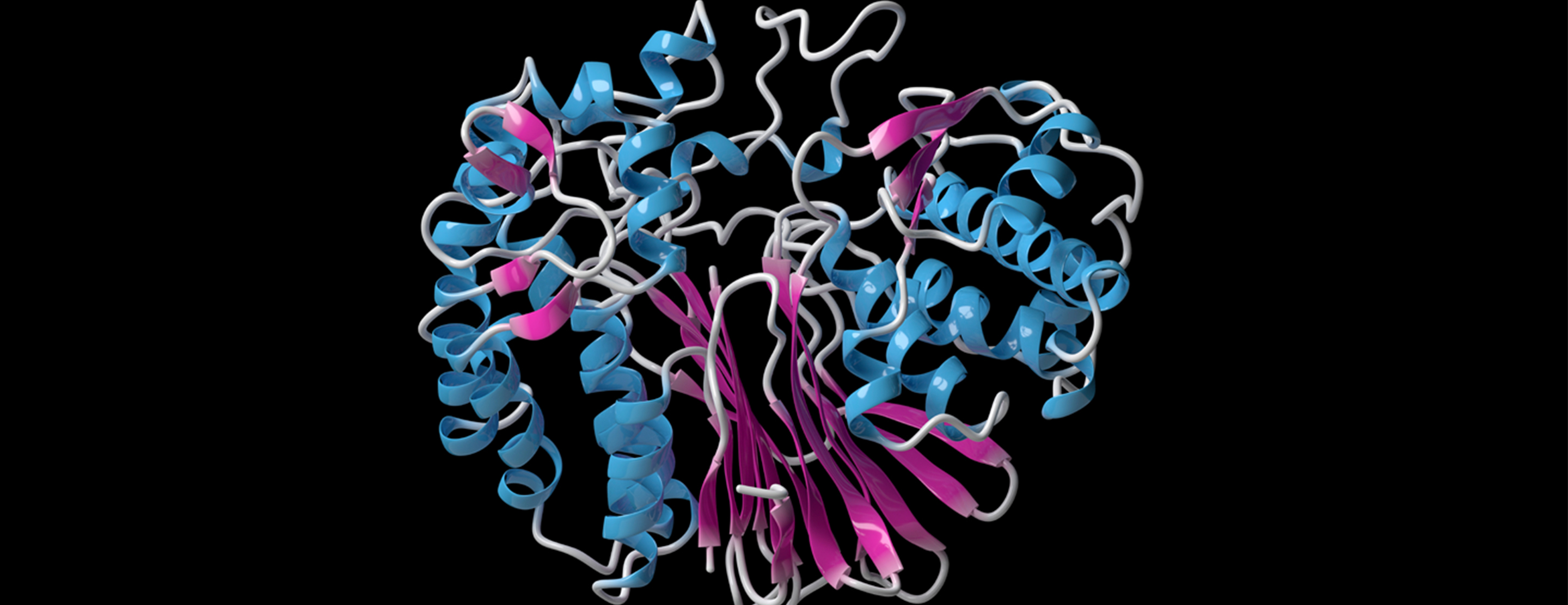
Gamma-glutamyl transferase (GGT) blood test
Definition
The gamma-glutamyl transferase (GGT) blood test measures the level of the
Alternative Names
Gamma-GT; GGTP; GGT; Gamma-glutamyl transpeptidase
How the Test is Performed
A
How to Prepare for the Test
The health care provider may tell you to stop taking medicines that can affect the test.
Drugs that can increase GGT level include:
- Alcohol
- Phenytoin
- Phenobarbital
Drugs that can decrease GGT level include:
- Birth control pills
- Clofibrate
How the Test will Feel
When the needle is inserted to draw blood, some people feel moderate pain. Others feel only a prick or stinging. Afterward, there may be some throbbing or a slight bruise. This soon goes away.
Why the Test is Performed
GGT is an enzyme found in high level in the liver, kidney, pancreas, heart, and brain. It is also found in lesser amount in other tissues. An enzyme is a protein that causes a specific chemical change in the body.
This test is used to detect diseases of the liver or
It may also be done to screen for, or monitor, alcohol use.
Normal Results
The normal range for adults is 5 to 40 U/L.
Normal value ranges may vary slightly among different laboratories. Some labs use different measurements or may test different specimens. Talk to your provider about the meaning of your specific test results.
What Abnormal Results Mean
An increased GGT level may be due to any of the following:
- Alcohol use
- Diabetes
- Flow of bile from the liver is blocked (
cholestasis ) Heart failure - Swollen and inflamed liver (
hepatitis ) - Lack of blood flow to the liver
- Liver tissue death
- Liver cancer or tumor
- Lung disease
- Pancreas disease
- Scarring of the liver (
cirrhosis ) - Use of drugs that are toxic to the liver
Risks
There is little risk involved with having your blood taken. Veins and arteries vary in size from one person to another and from one side of the body to the other. Taking blood from some people may be more difficult than from others.
Other risks associated with having blood drawn are slight but may include:
- Fainting or feeling lightheaded
- Multiple punctures to locate veins
- Hematoma (blood collecting under the skin)
- Excessive bleeding
- Infection (a slight risk any time the skin is broken)
References
Chernecky CC, Berger BJ. Gamma-glutamyltranspeptidase (GGTP, gamma-glutamyltransferase) - blood. In: Chernecky CC, Berger BJ, eds. Laboratory Tests and Diagnostic Procedures. 6th ed. St Louis, MO: Elsevier Saunders; 2013:559-560.
Pratt DS. Liver chemistry and function tests. In: Feldman M, Friedman LS, Brandt LJ, eds. Sleisenger and Fordtran's Gastrointestinal and Liver Disease. 10th ed. Philadelphia, PA: Elsevier Saunders; 2016:chap 73.
Review Date: 01/26/2019
The information provided herein should not be used during any medical emergency or for the diagnosis or treatment of any medical condition. A licensed physician should be consulted for diagnosis and treatment of any and all medical conditions. Call 911 for all medical emergencies. Links to other sites are provided for information only -- they do not constitute endorsements of those other sites. Copyright ©2019 A.D.A.M., Inc., as modified by University of California San Francisco. Any duplication or distribution of the information contained herein is strictly prohibited.
Information developed by A.D.A.M., Inc. regarding tests and test results may not directly correspond with information provided by UCSF Health. Please discuss with your doctor any questions or concerns you may have.





